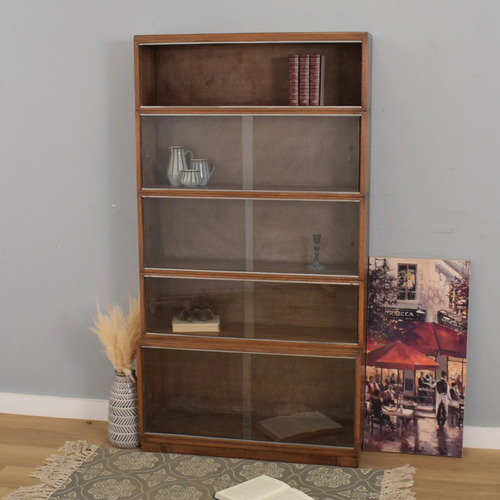
Restored furniture is enjoying a resurgence among homeowners, interior designers and sustainability advocates alike. As modern consumers become increasingly conscious of waste, more people are discovering the beauty and character of giving pre-loved pieces a second chance. Far from being a passing trend, the appeal of restored furniture lies in its ability to blend craftsmanship, heritage and environmental responsibility.
Why Restored Furniture Matters
Choosing restored furniture over mass-produced alternatives offers several key benefits. Firstly, it preserves the craftsmanship of earlier eras, often showcasing joinery and materials superior to many contemporary options. From solid oak cabinets to hand-carved tables, these pieces reflect an era when furniture was built to last, not discarded after a few years.
Secondly, restoration reduces demand for newly manufactured items, lessening the environmental impact of deforestation, industrial production and global shipping. According to a report by WRAP (Waste and Resources Action Programme), reusing existing furniture extends its lifespan significantly, helping divert thousands of tonnes of waste from landfill each year. This makes restored furniture an ideal choice for those who wish to create a more sustainable and responsible home.
The Art of Furniture Restoration
Furniture restoration is a skilled craft requiring patience, knowledge and a keen eye for detail. The process often begins with a thorough assessment of the piece’s condition, identifying any structural weaknesses, scratches or missing parts. Techniques may include cleaning, sanding, repairing joints, replacing veneers, or applying traditional finishes such as shellac or wax.
Crucially, the goal of restoration is to revive the original character of the furniture without erasing its history. This means retaining signs of age such as patina, gentle wear and small imperfections that add authenticity. Well-executed restoration can transform a tired, forgotten item into a focal point that tells a story and adds warmth to modern interiors.
Incorporating Restored Furniture into Contemporary Homes
One of the joys of restored furniture is its versatility in a wide range of settings. Whether your home features minimalist, rustic or eclectic décor, a thoughtfully restored item can create an eye-catching contrast or complement other pieces seamlessly. For example, a restored mid-century sideboard can bring depth to a sleek modern living room, while an antique farmhouse table can serve as the centrepiece of a country kitchen.
Mixing old and new creates a layered look that feels curated rather than staged. It encourages a more personal approach to interior design, allowing you to surround yourself with furniture that reflects your taste and values, rather than buying uniform pieces straight from a catalogue.
Tips for Buying Restored Furniture
When purchasing restored furniture, it is advisable to consider the reputation and experience of the restorer. High-quality work will not only enhance the appearance of a piece but ensure it remains sturdy and functional for years to come. Look for retailers and craftspeople who are transparent about their methods and willing to explain what has been done to the piece.
Pay attention to the type of restoration carried out. There is a difference between sympathetic restoration, which preserves the piece’s original charm, and over-restoration, which can strip away its character. Inquire about the materials used, especially finishes and adhesives, to confirm they are appropriate for the period of the furniture.
Finally, check the provenance and history of the piece if available. Knowing where an item came from or who previously owned it can add significant sentimental and monetary value.
Sourcing Unique Finds
Restored furniture can be sourced from specialist shops, auctions, antiques fairs, and online retailers. Many dealers curate collections that span different periods and styles, offering options from Georgian dressers to 20th-century industrial storage units. Visiting restoration workshops and showrooms can also provide insight into the techniques used and help you select pieces that best suit your space.
For those interested in a wider selection of beautifully revived pieces, exploring sites such as restored furniture can reveal unique items full of character and ready to enhance any interior.
Why Restored Furniture is a Choice for the Future
As the demand for sustainable living grows, restored furniture stands out as a practical and stylish solution. By investing in these pieces, homeowners can contribute to reducing waste, preserving traditional skills and creating interiors rich in personality. Restored furniture is not merely a decorative choice, but a meaningful statement about valuing the past while caring for the future.
In embracing restored furniture, individuals can enjoy the timeless appeal of classic design while supporting a more circular economy that cherishes quality and longevity.